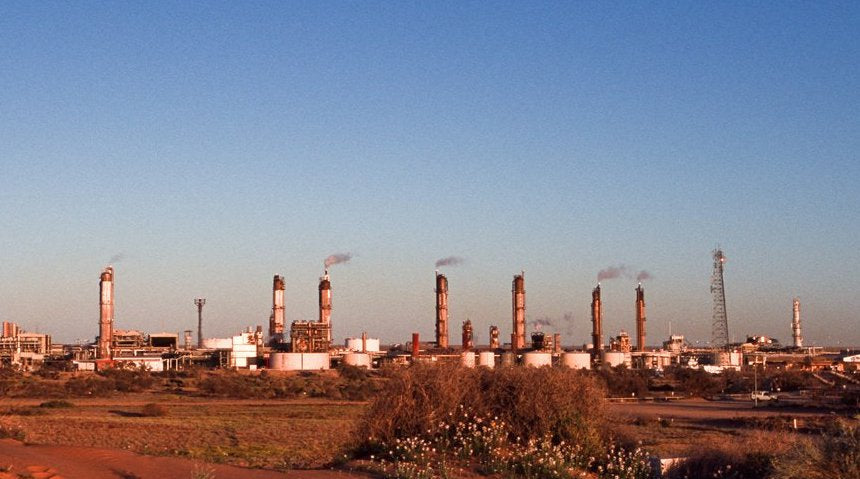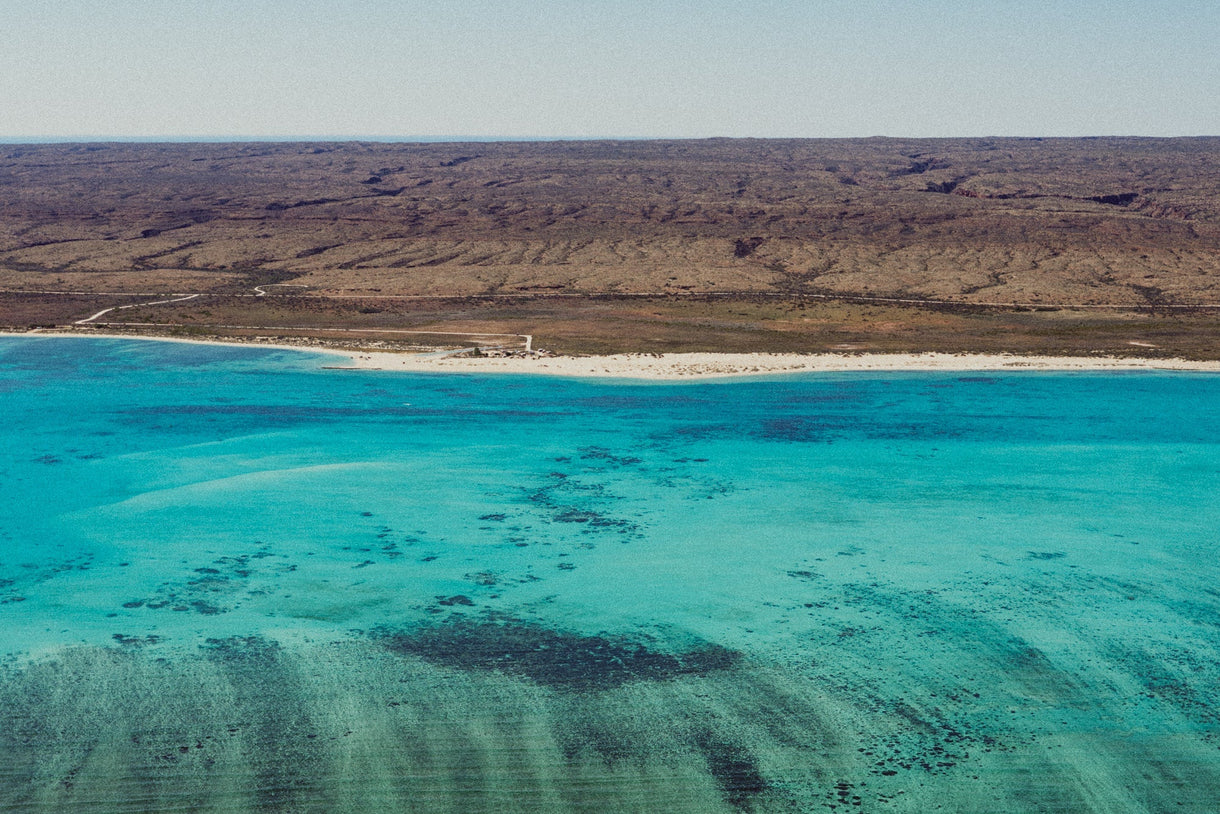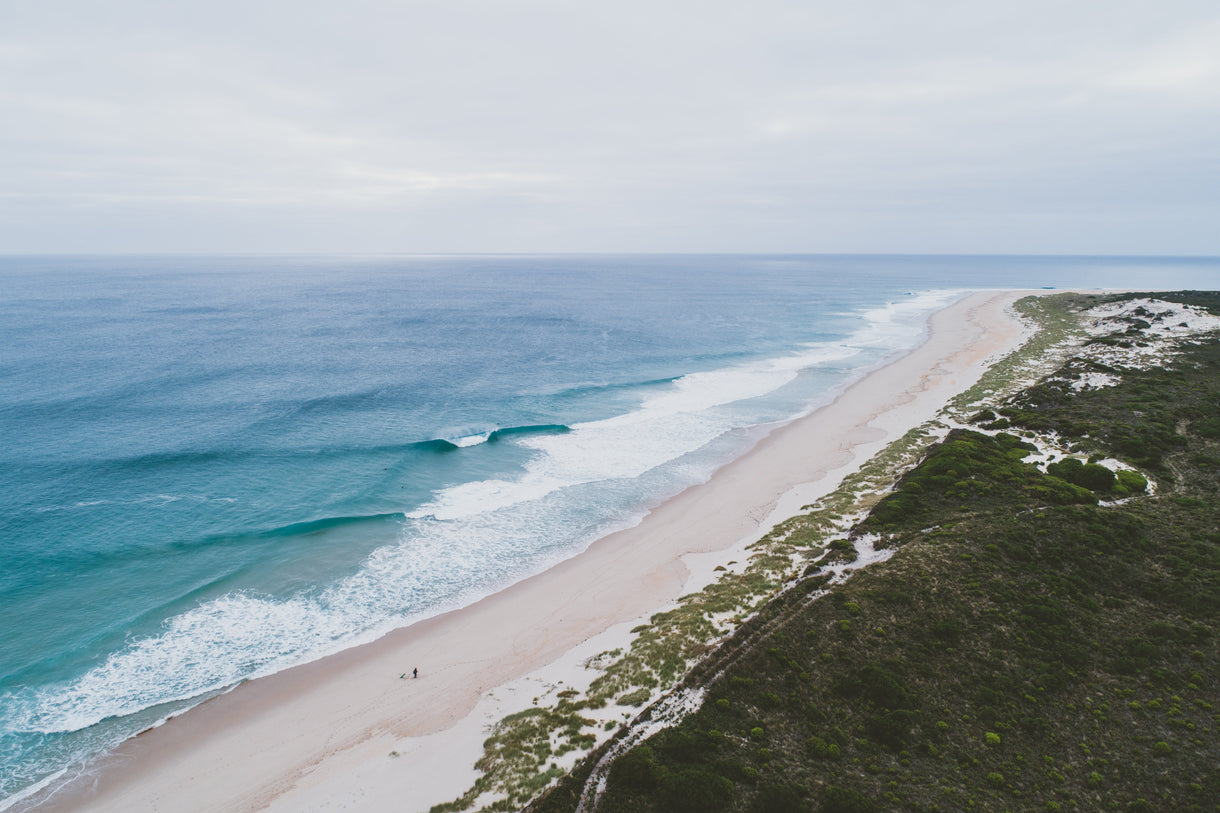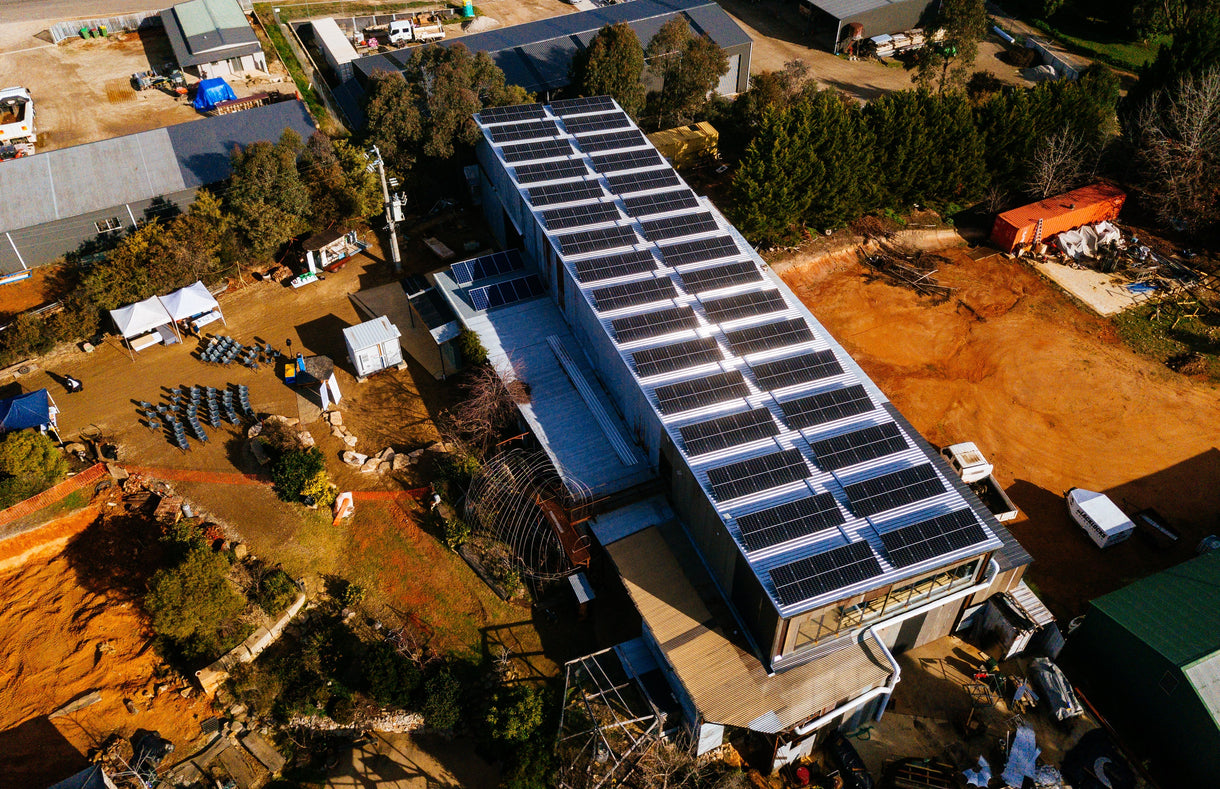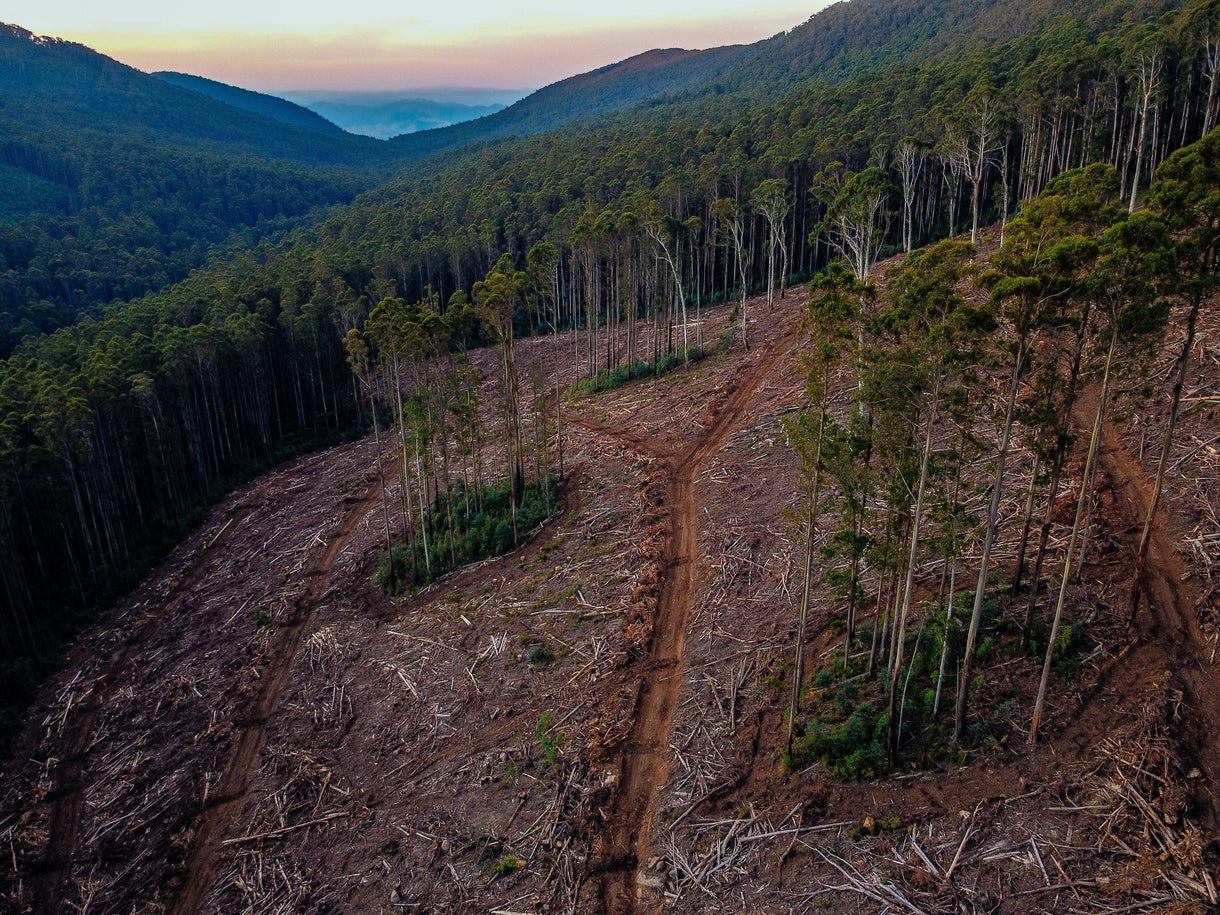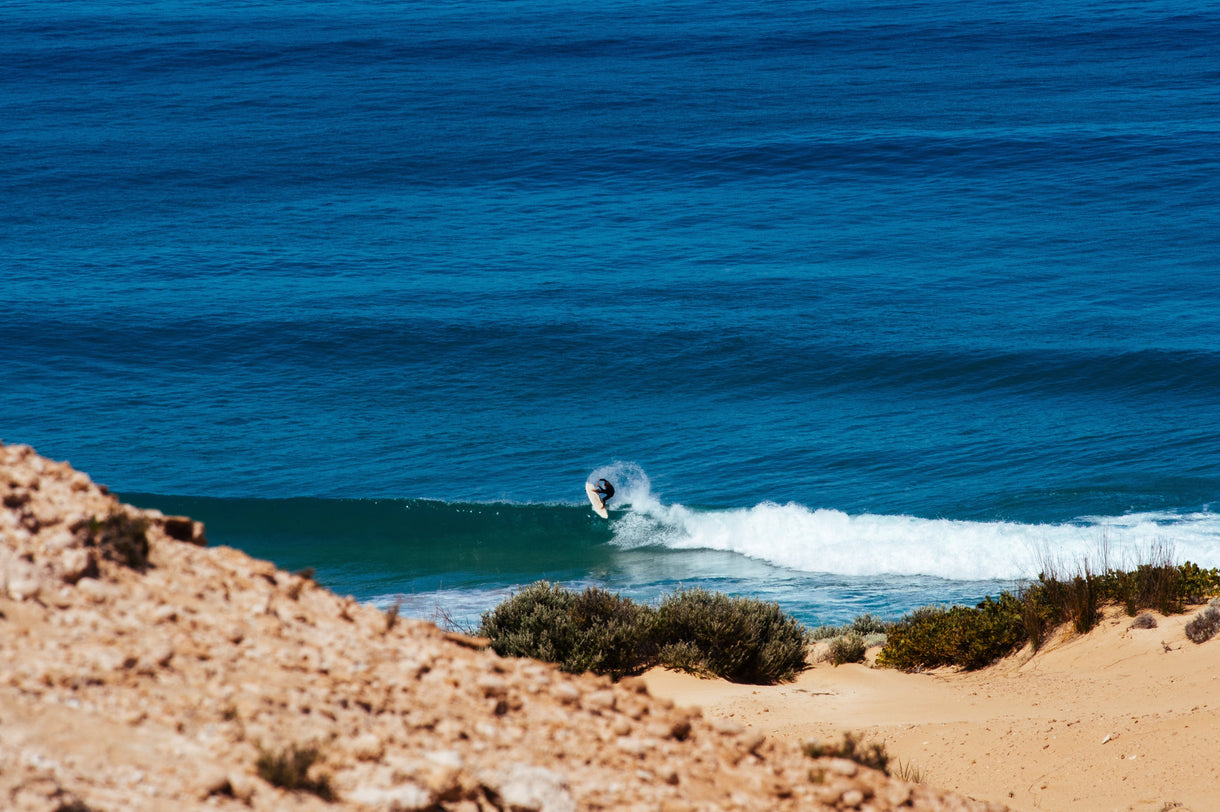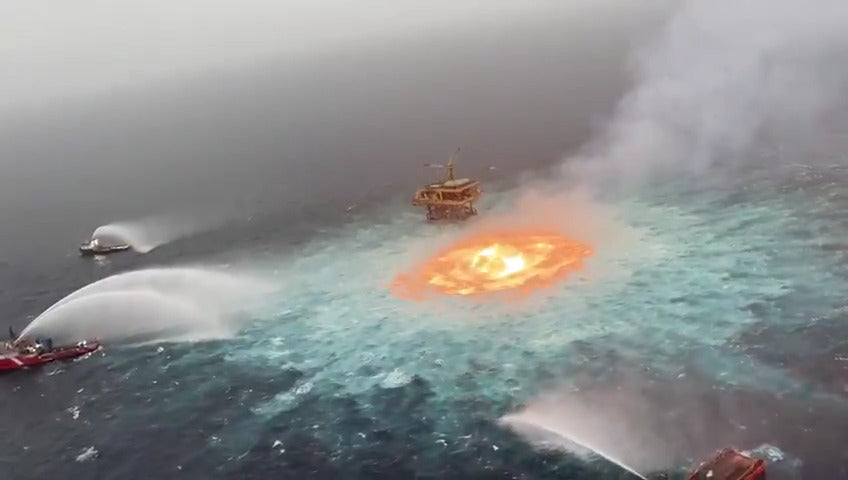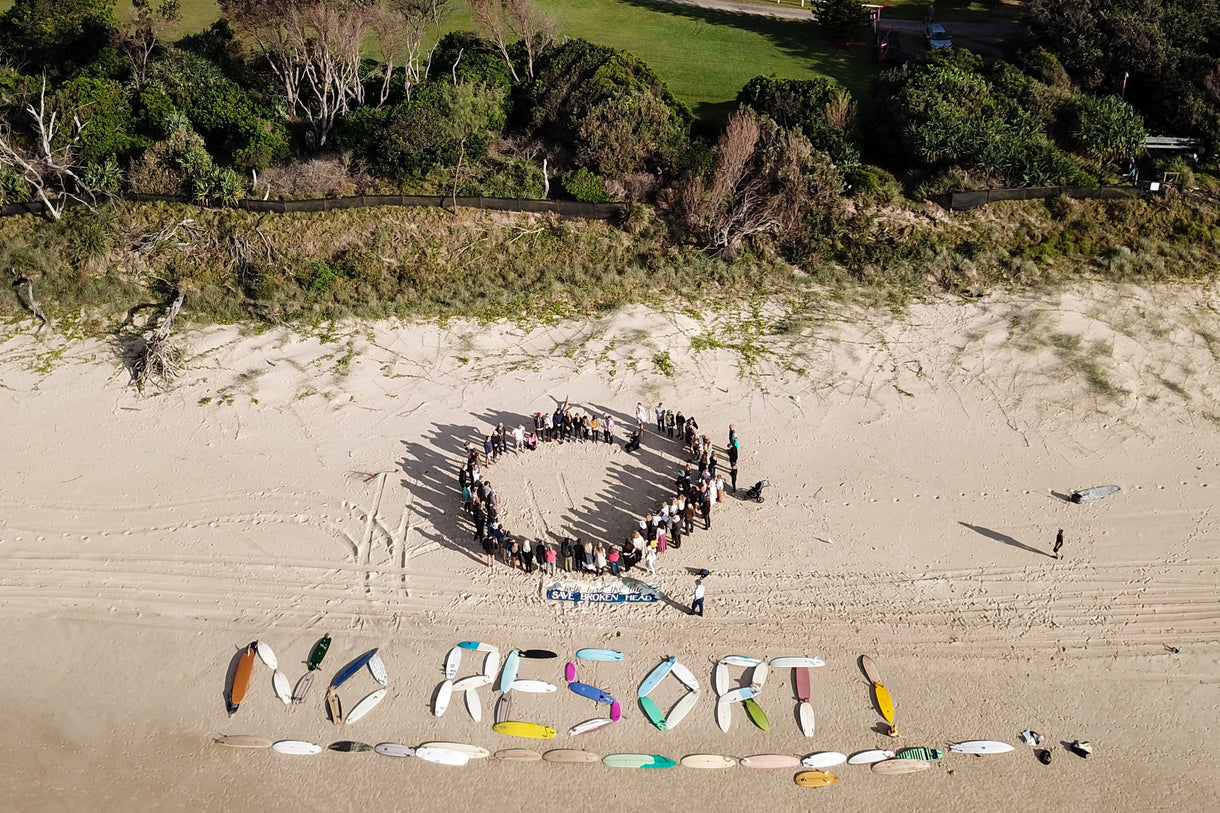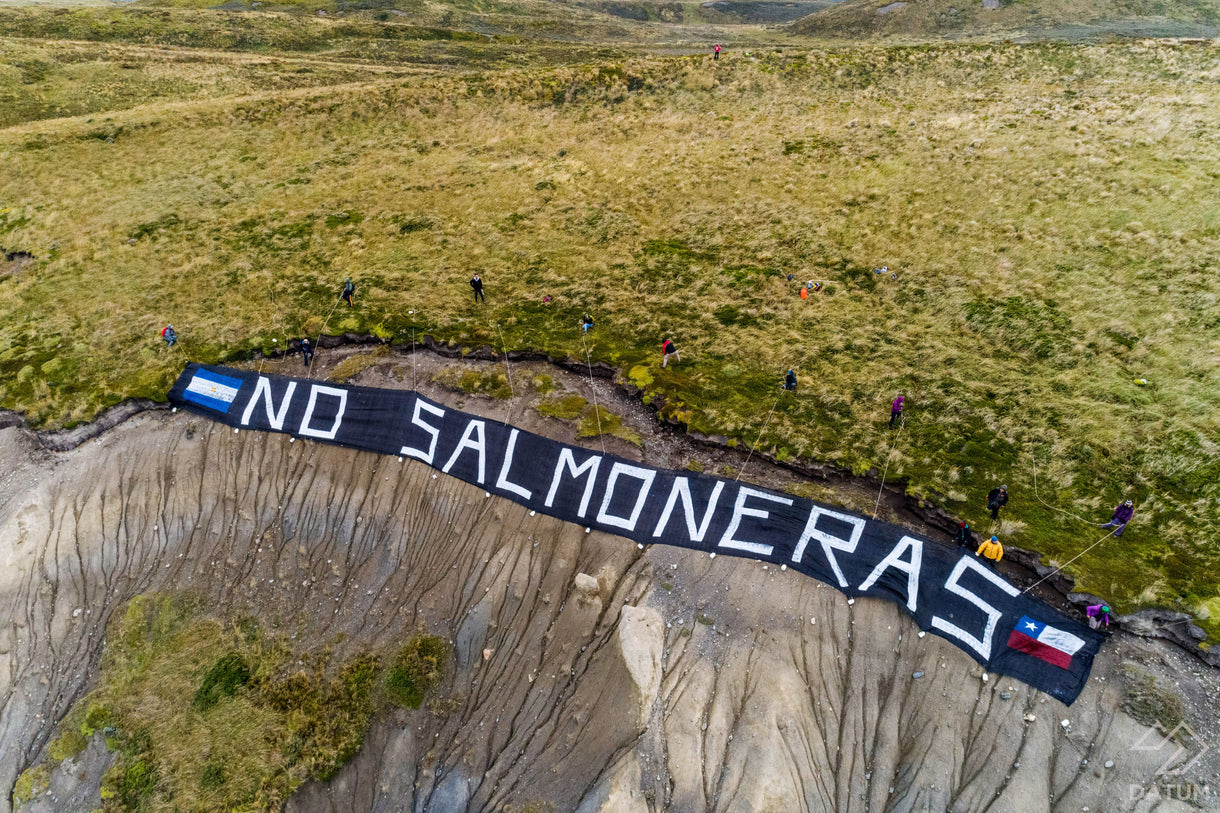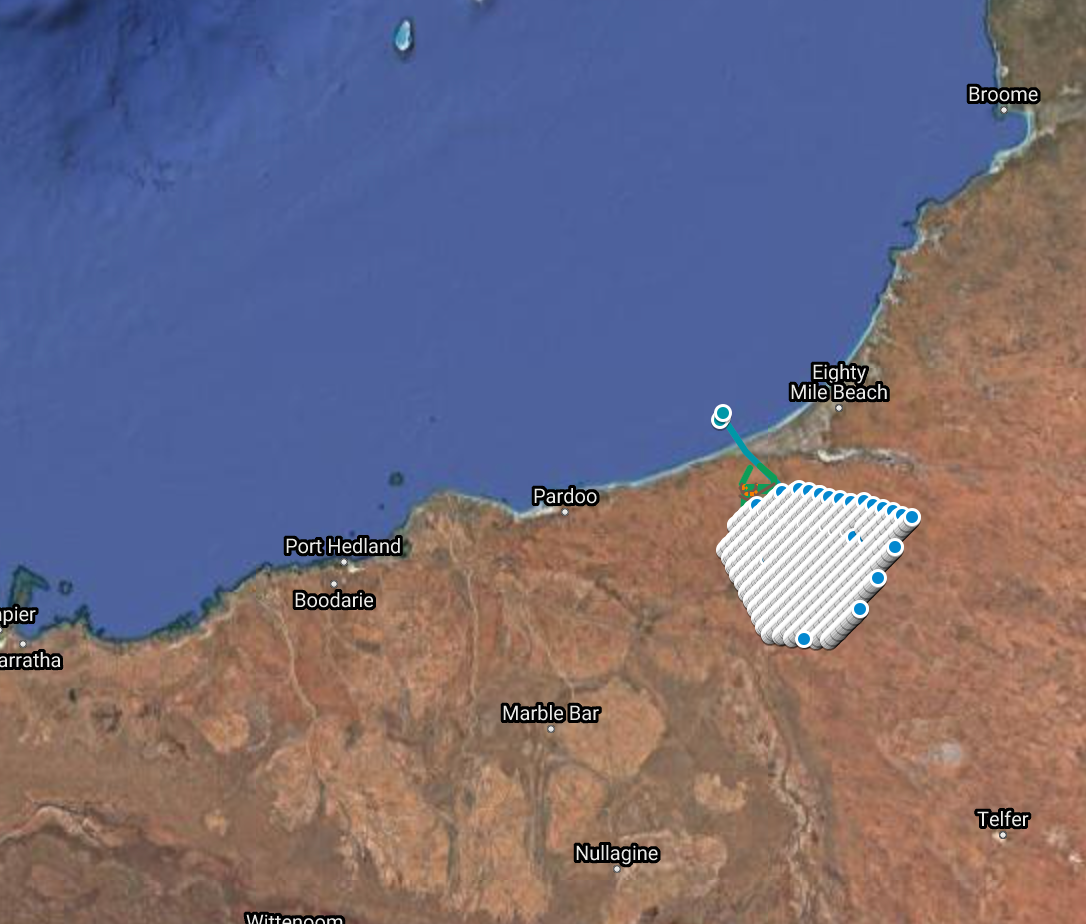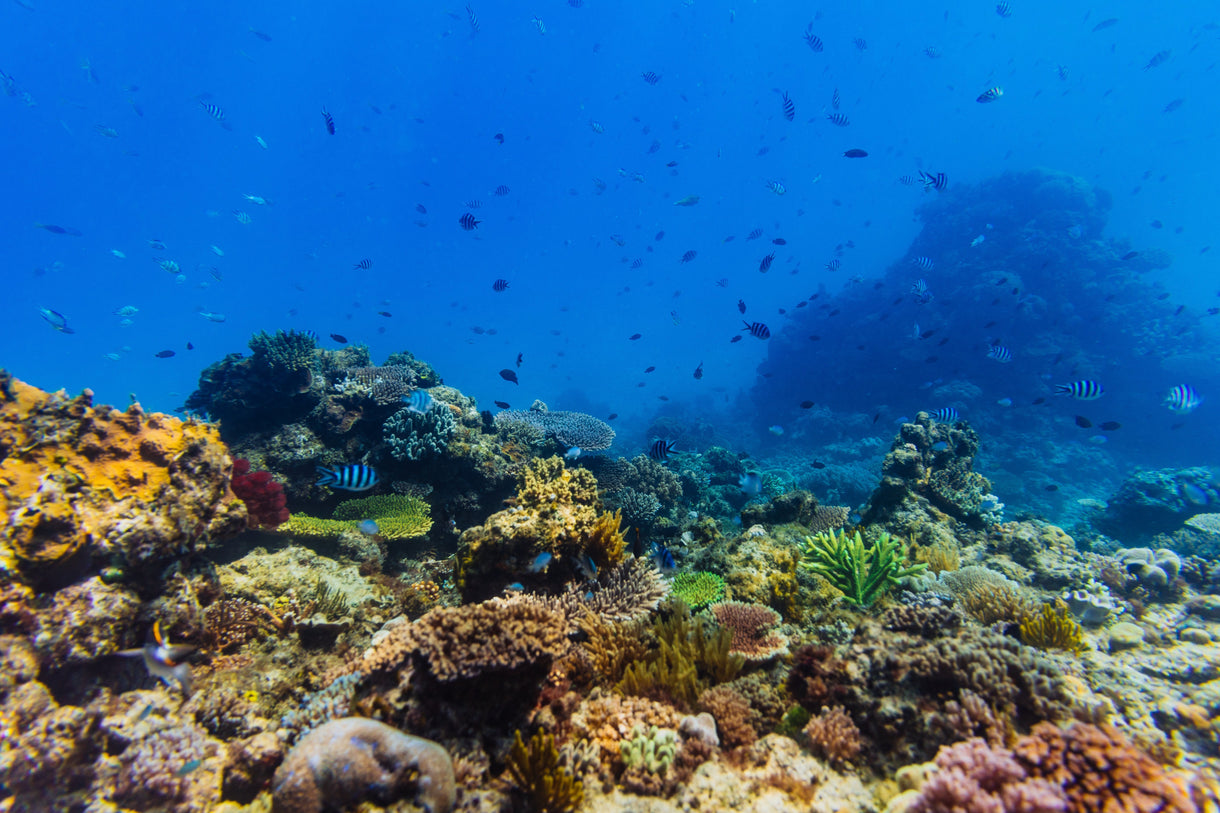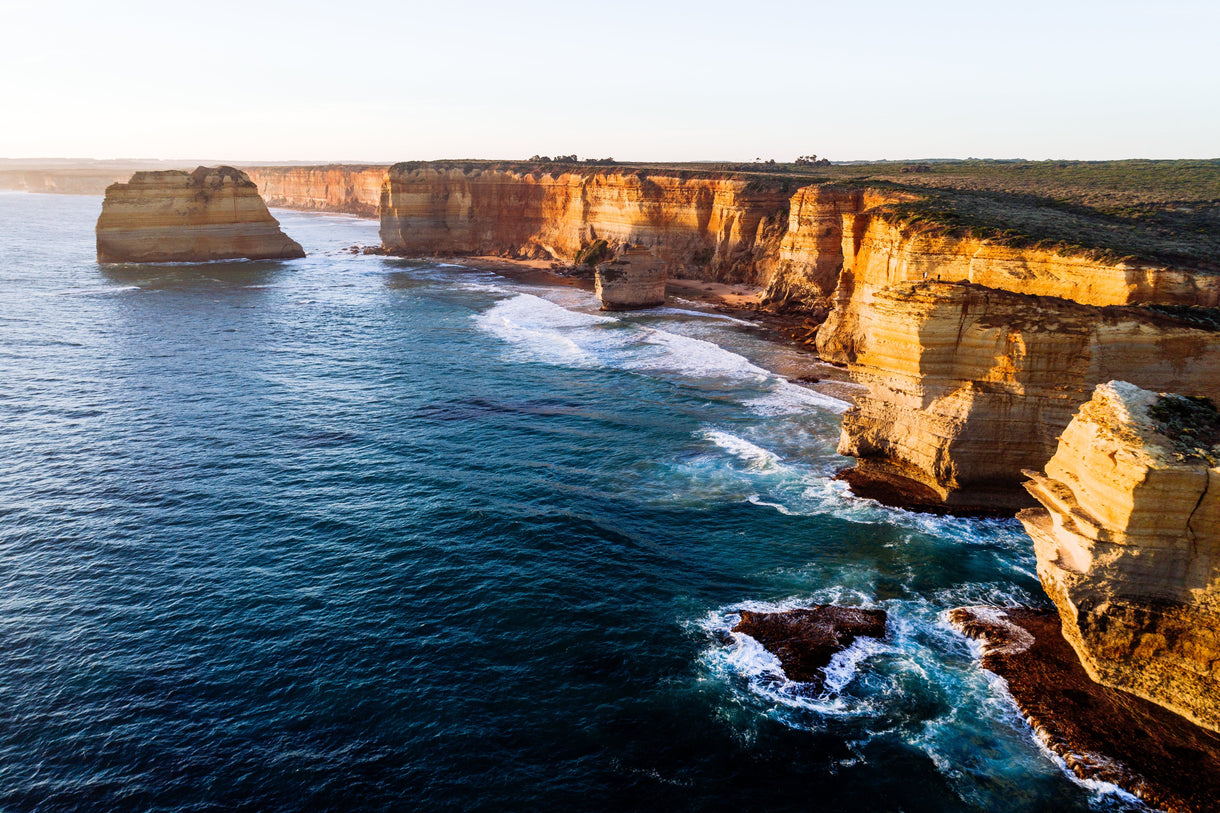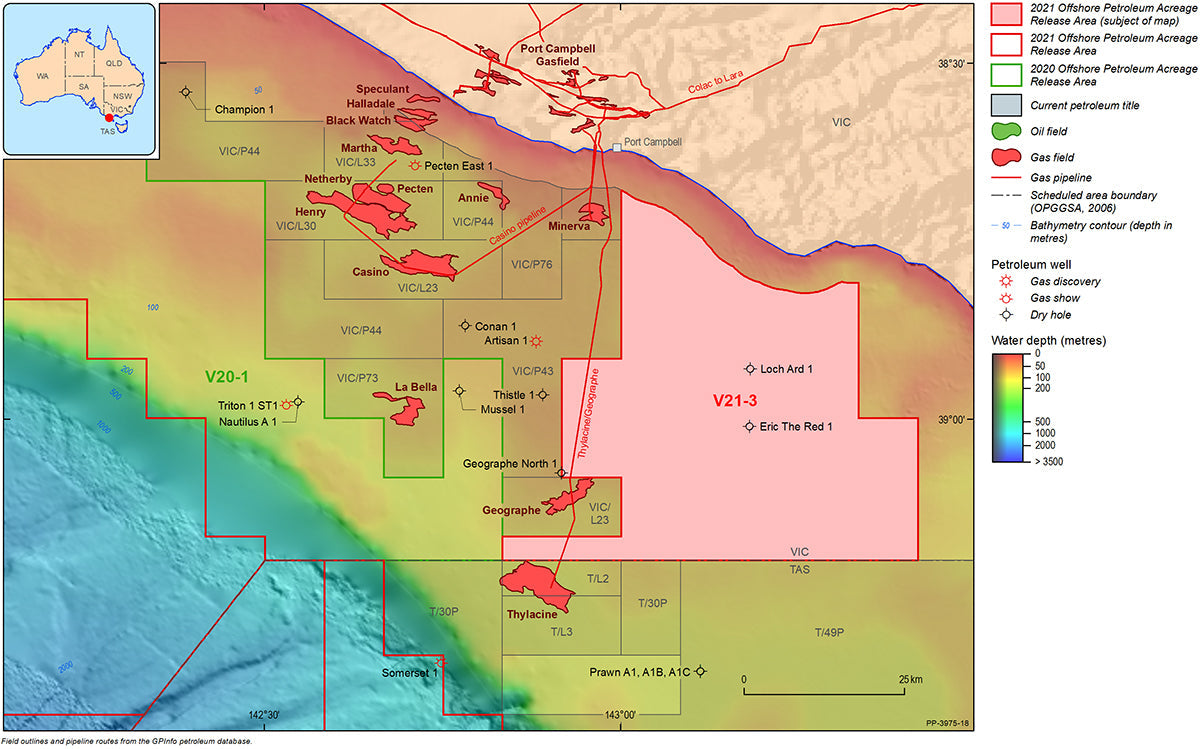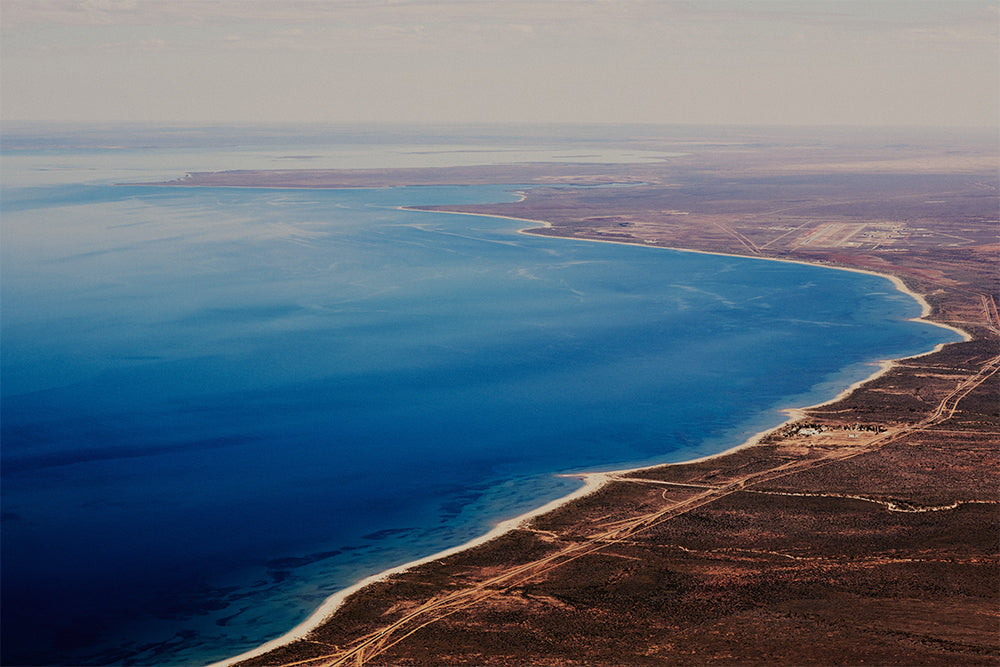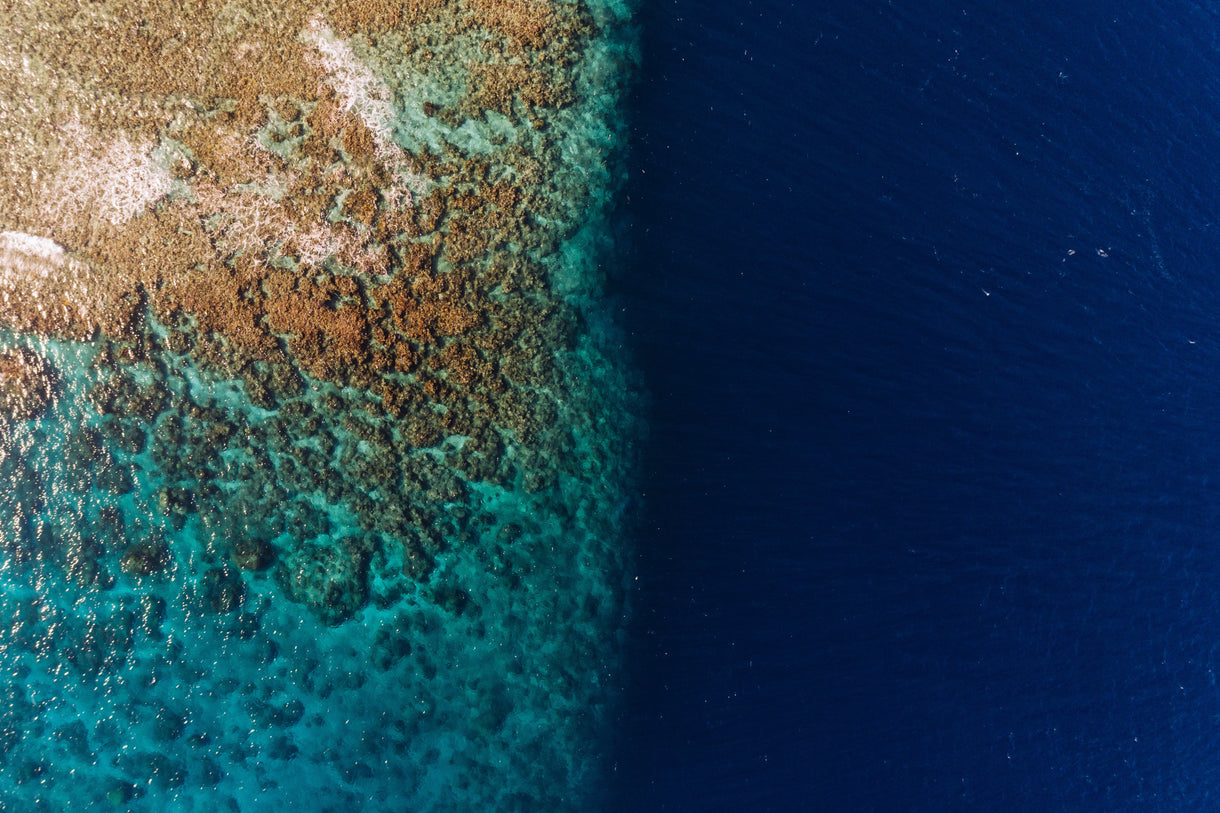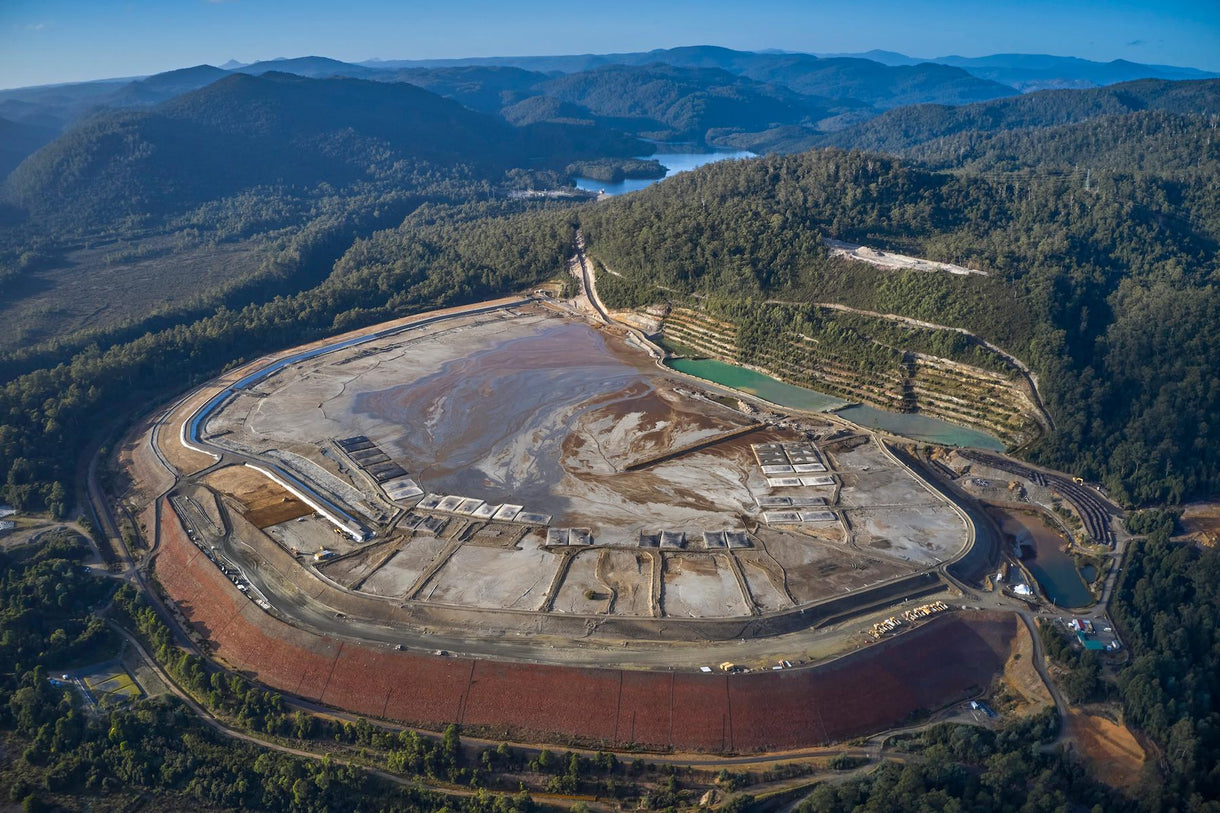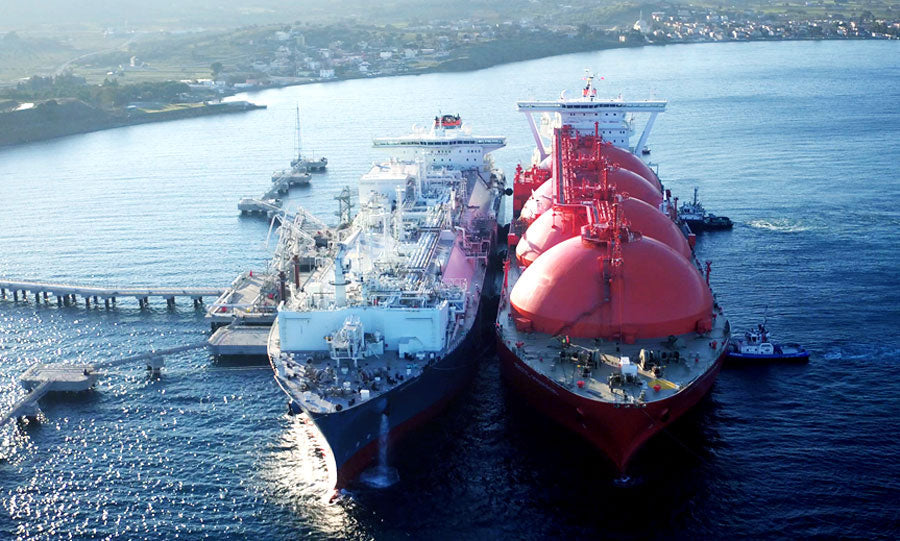In what is the first proposal of its kind in Australian waters, Woodside Petroleum plans to sink parts of an aging oil facility just two kilometres outside the Ningaloo World Heritage Area.
Woodside’s Nganhurra floating production storage and offloading vessel was towed away from the Enfield oil field back in December 2018, after 12 years of service and after producing 80 million barrels of oil. But while the ship itself was towed to Malaysia, a massive 83-metre riser turret that had connected the ship to the seabed and to oil wells was left floating off Ningaloo.
Due to poor maintenance the turret couldn’t be towed, and Woodside has received preliminary approval from the offshore oil regulator to sink it in 160-metres of water, where it would become an artificial reef. The sinking still requires sign off from Federal Environment Minister, Sussan Ley.
“It is totally unacceptable for offshore infrastructure get into such a state that the only solution is to dump it on the ocean floor.”
While recreational fishing groups have given support for the plan, environmental groups have been scathing. “This is not the first time Woodside has failed to decommission properly,” said Conservation Council WA’s Maggie Wood. “It is totally unacceptable for big oil and gas companies like Woodside to let their offshore infrastructure get into such a state of disrepair that the only solution is to dump it on the ocean floor.”
The plan to sink the oil facility would set a precedent and is being watched closely. As many as 70 oil platforms will be decommissioned in Australian waters within the next 25 years, the expected cost of this to their owners will be close to $50 billion. Similar dumping has been banned in North Atlantic oil and gas fields.
The issue of decommissioning offshore oil and gas facilities has come to a head recently after two further cases, both involving Woodside. In 2020, they applied to sink everything at their Echo Yodel gas field in the Dampier Basin, including 400 tons of plastic. Their environmental argument was that the breakdown of the plastic would be more than offset by the creation of an artificial reef.
The incident that put the issue of decommissioning onto the national agenda, however, was Woodside’s 2016 sale of the aging oil vessel Northern Endeavour to a small company that soon went belly-up. The vessel sat in the Timor Sea and the decommissioning cost – estimated between $200 and $500 million – would have landed with the Australian taxpayer. The incident prompted a temporary levy on the oil and gas industry to cover the costs of the Northern Endeavour decommissioning.
For the oil and gas industry, the “rig-to-reef” sinking of old infrastructure is a convenient solution that saves billions. For environmentalists, it sees infrastructure that has polluted for decades, continue to pollute for decades more, far out of sight.
Banner image – Ningaloo coastline, WA. Photo Chris Gurney.


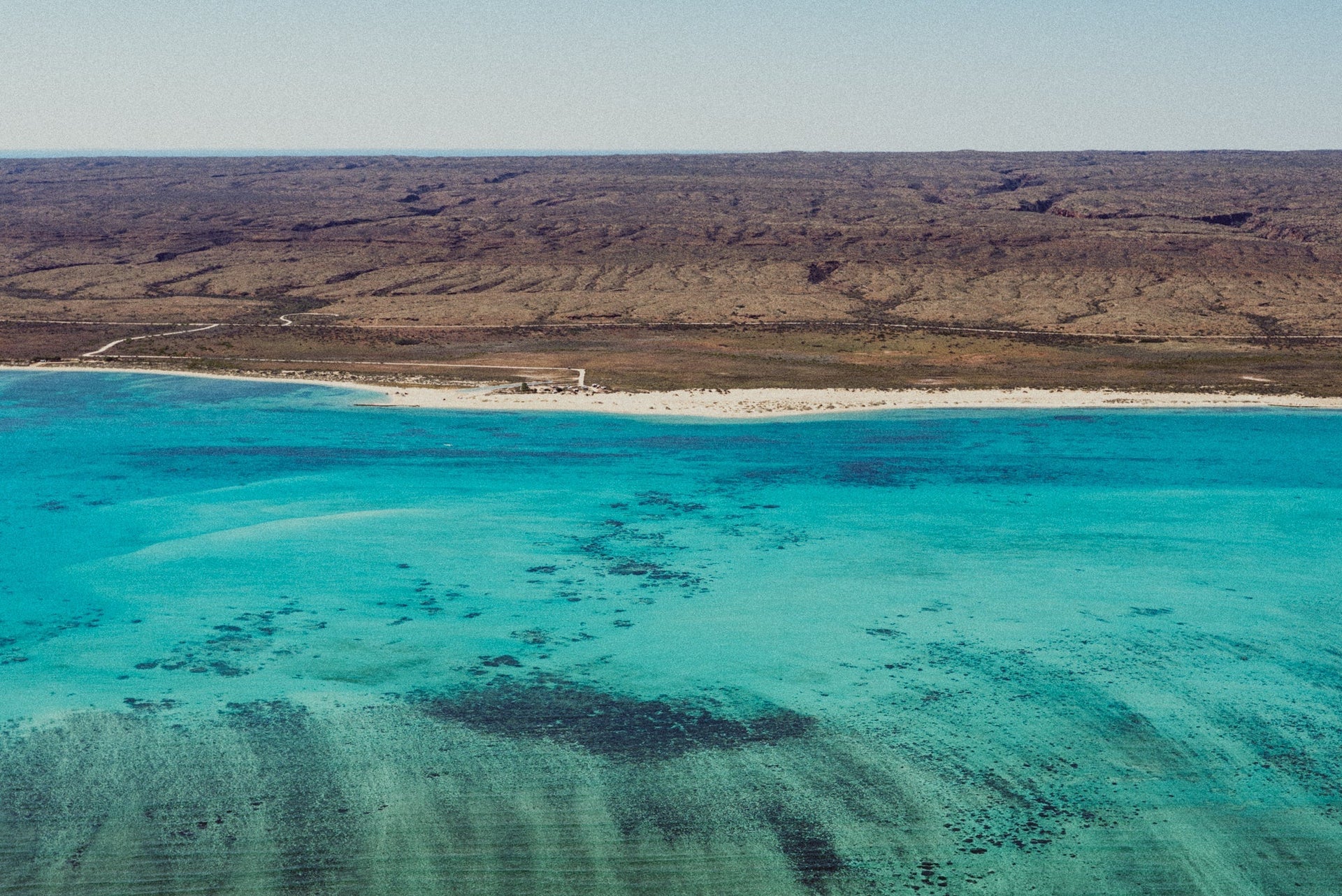





















































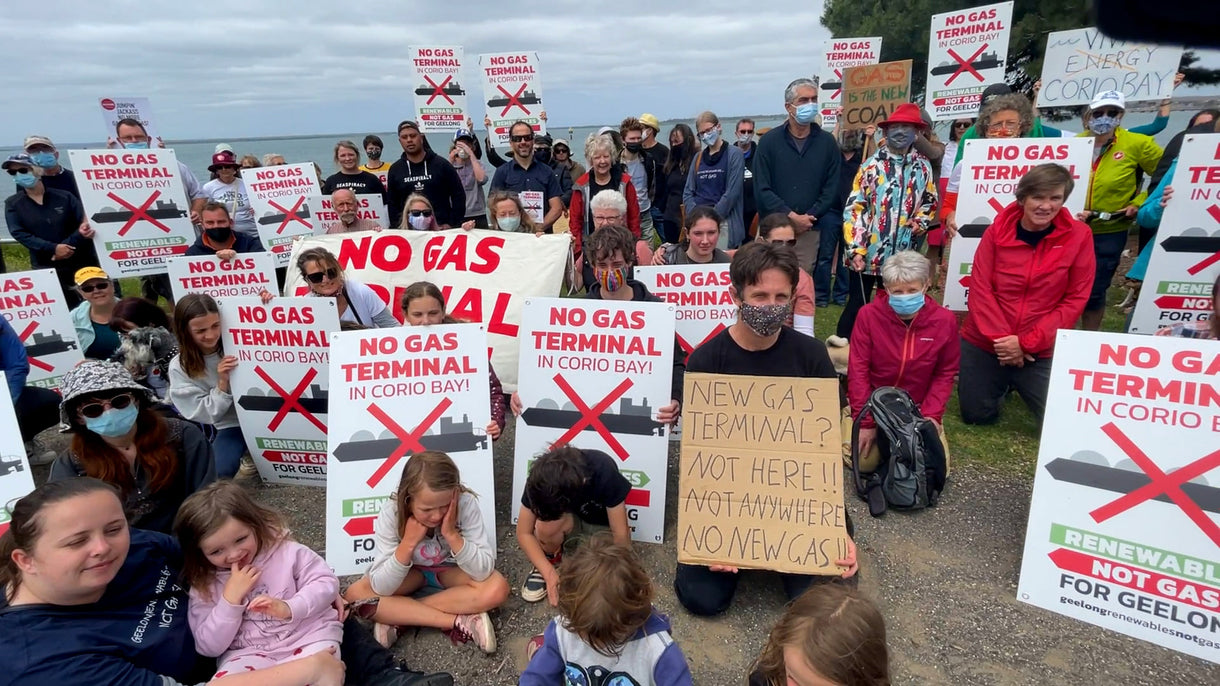
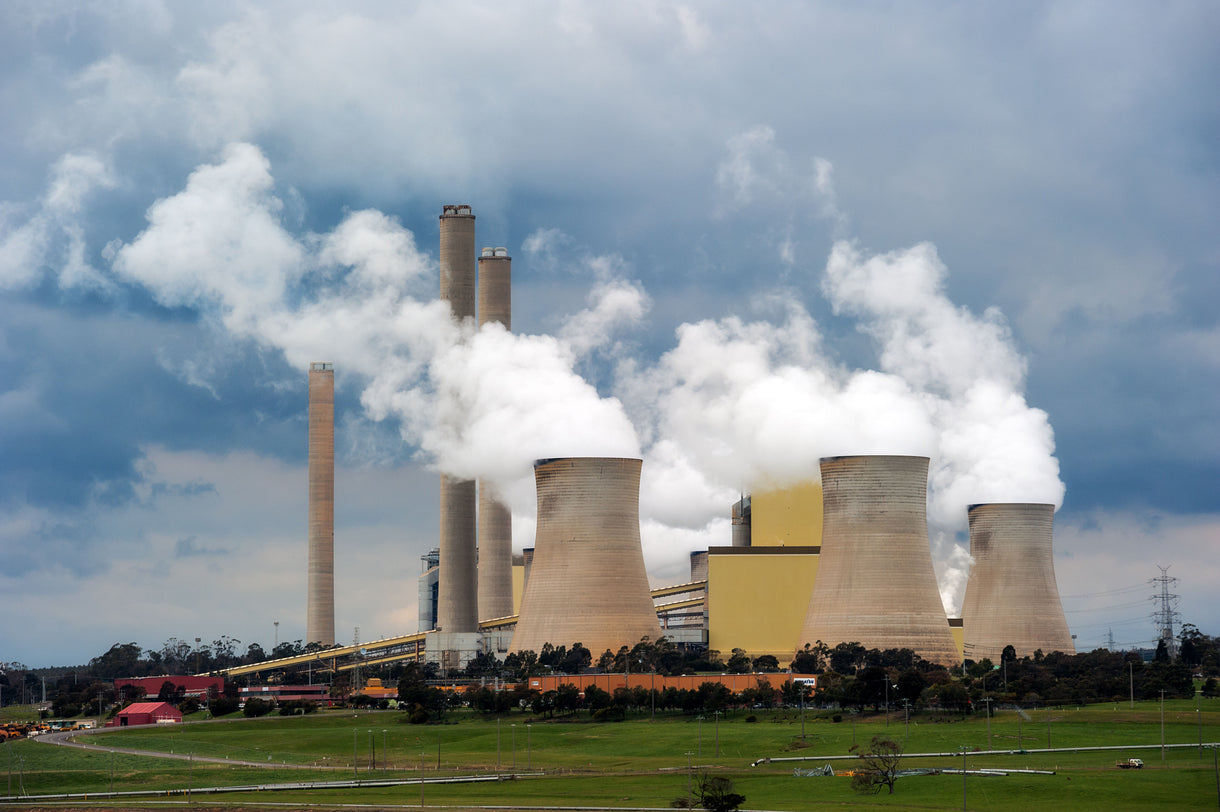
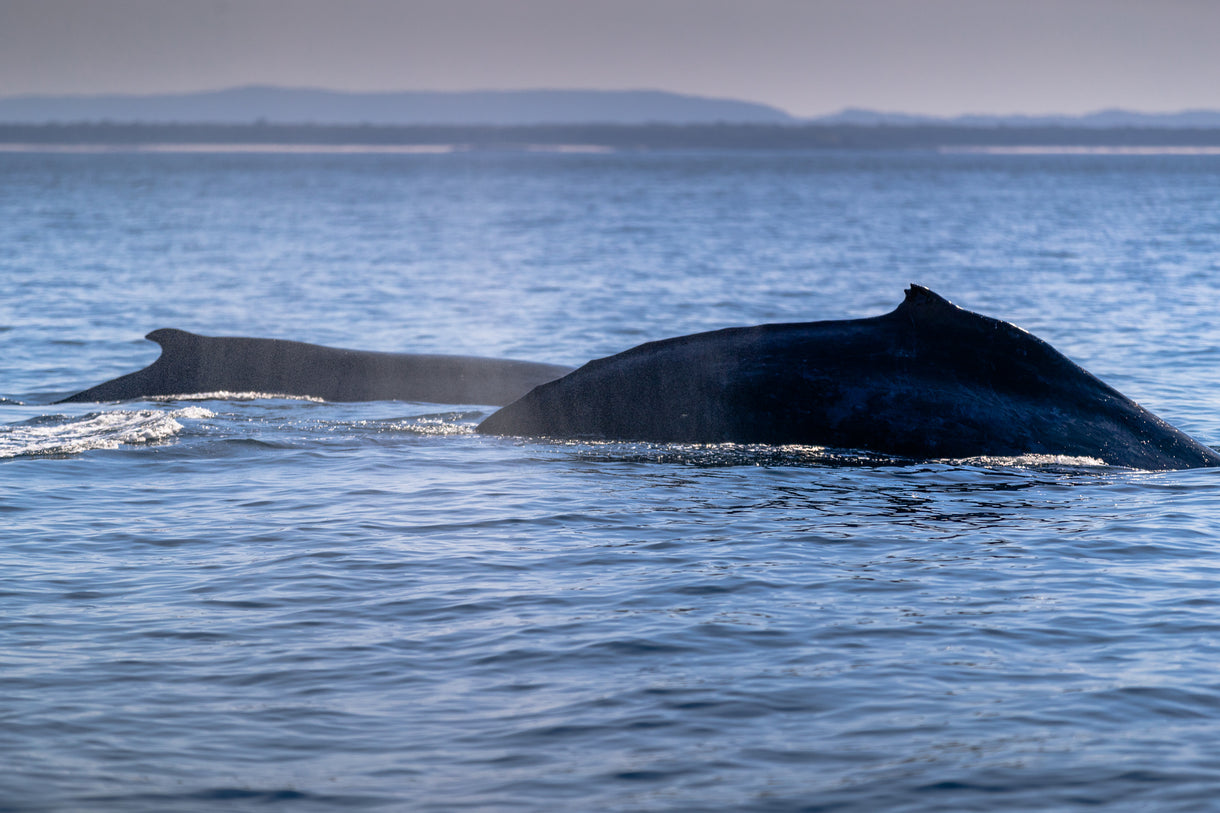
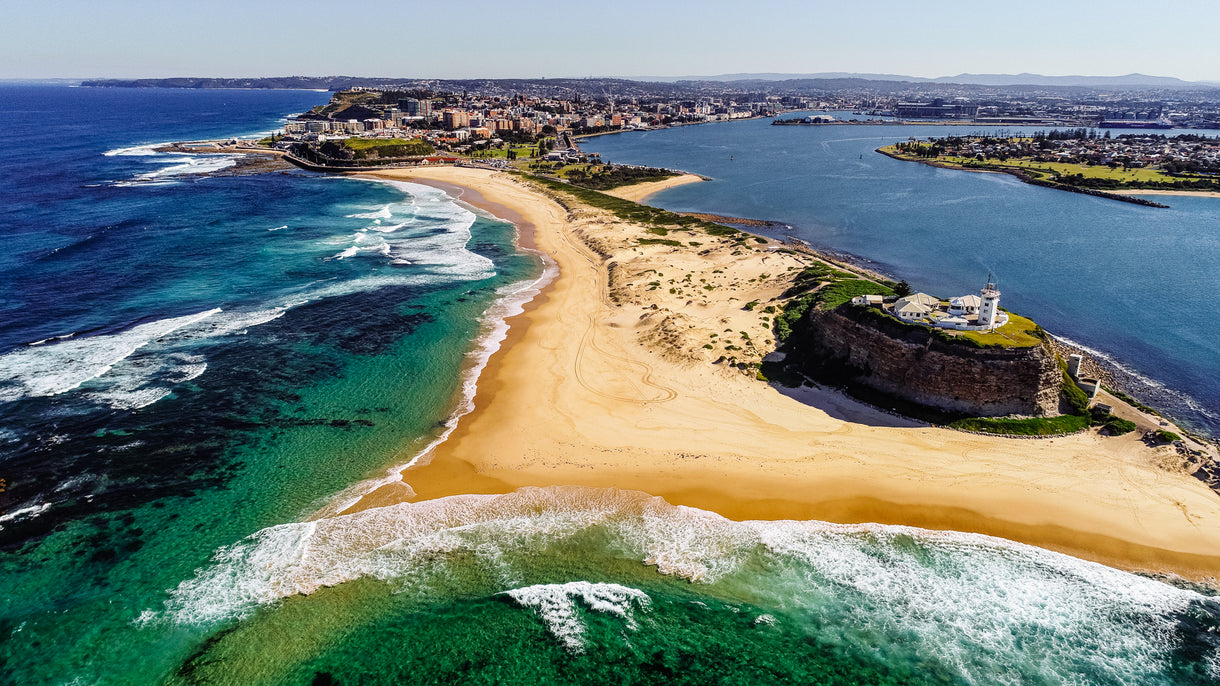
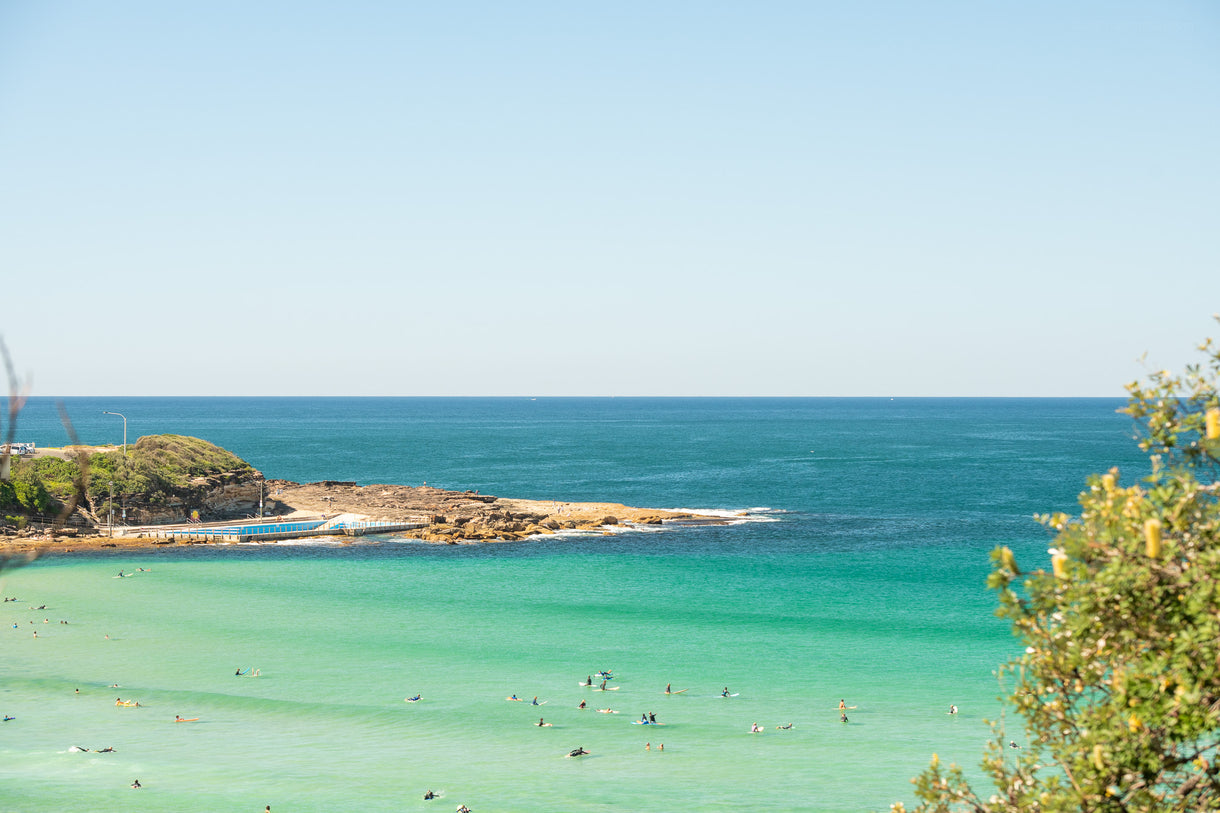
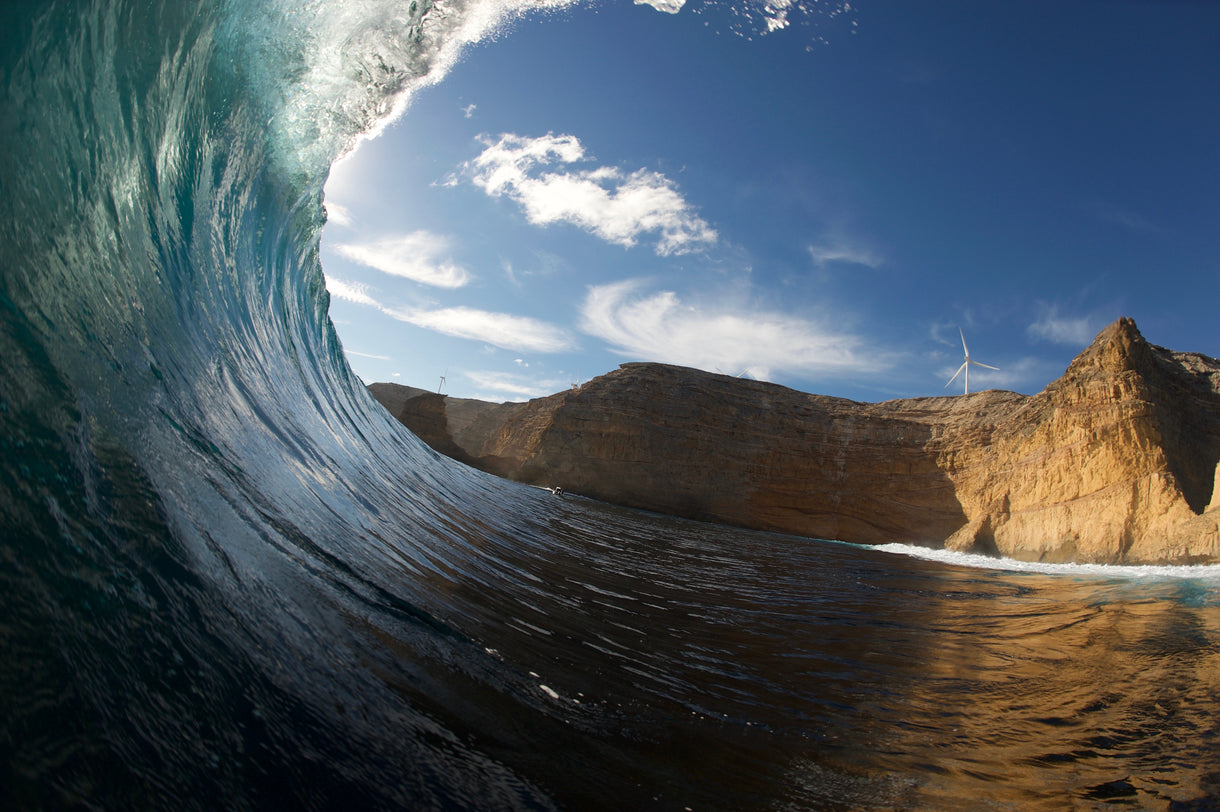

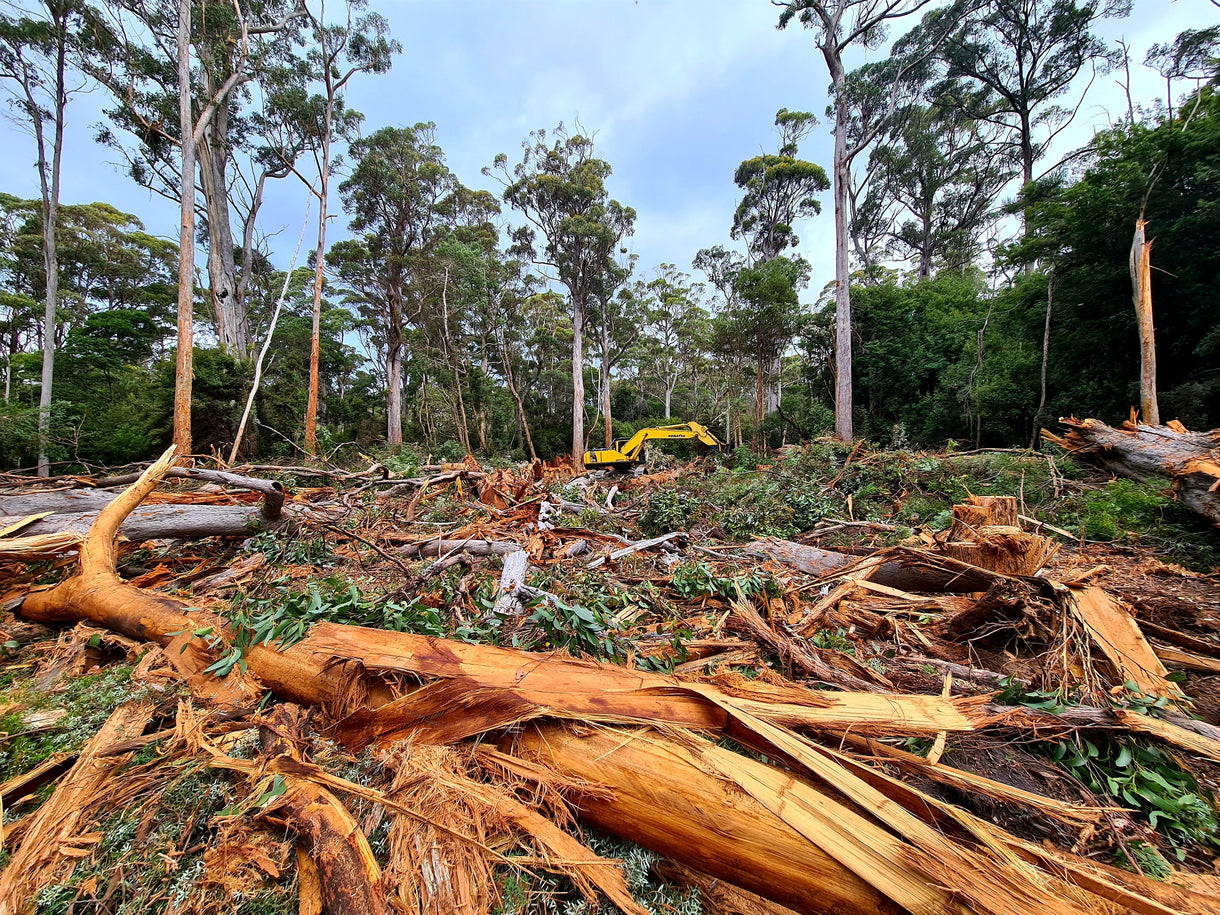
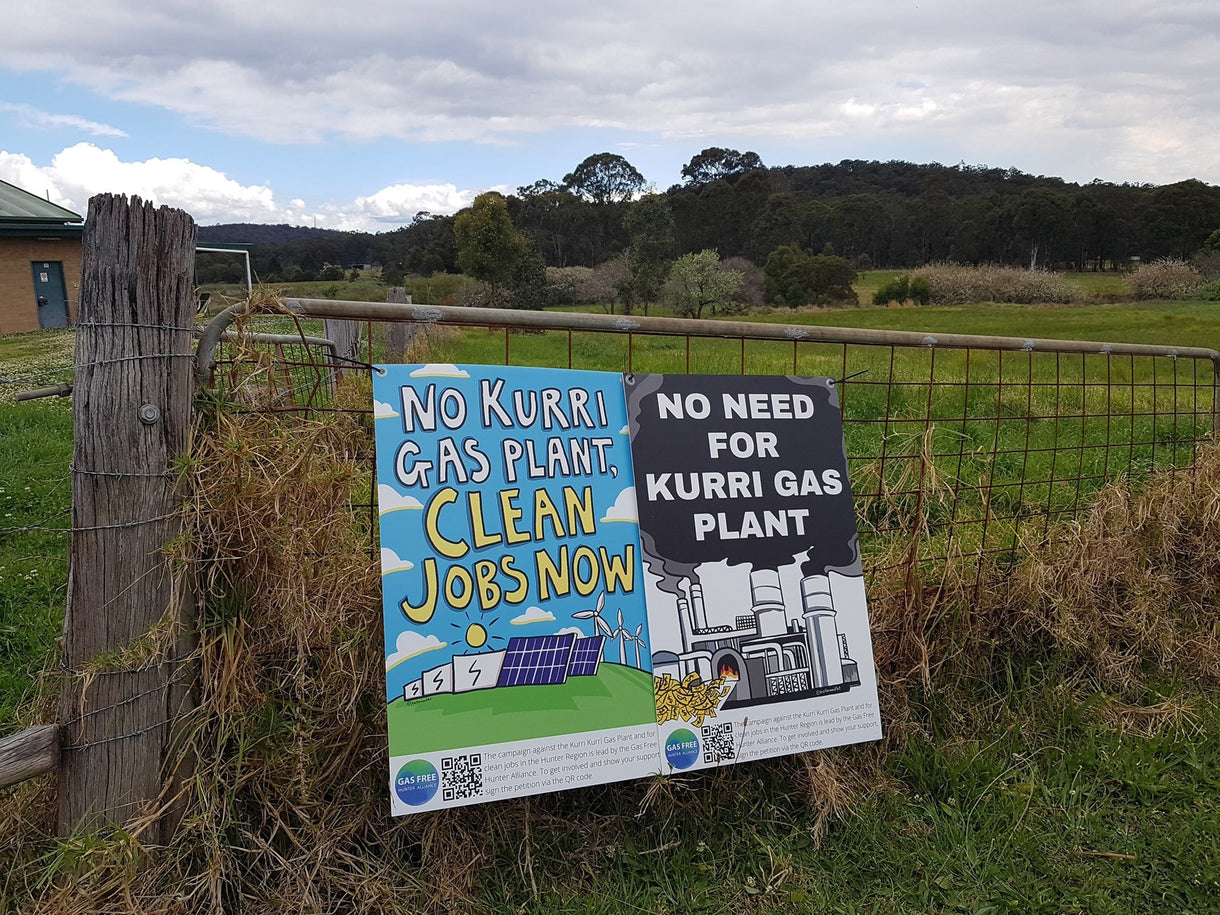

![Today was a huge victory for coastal communities between Sydney and Newcastle. [Front] Damien Cole, Belinda Baggs, Drew McPherson and Asha Niddrie. Photo Zoe Strapp](http://www.patagonia.com.au/cdn/shop/articles/strapp_z_AUS_000142_b147f38f-4f28-4e66-a3ea-89fccd422484_1220x.jpg?v=1650419749)




